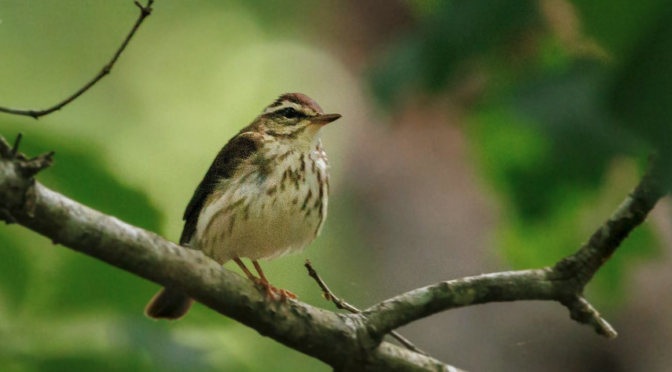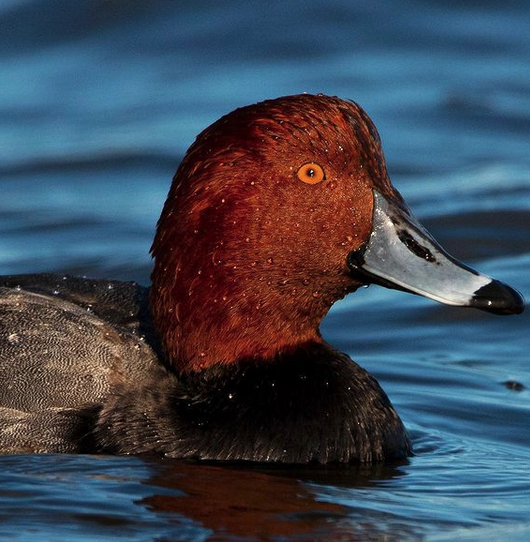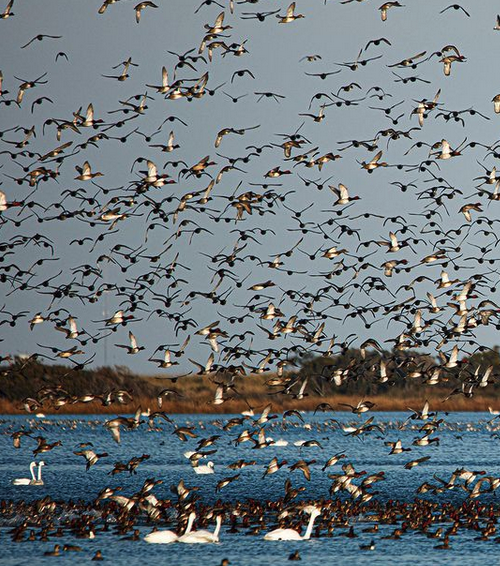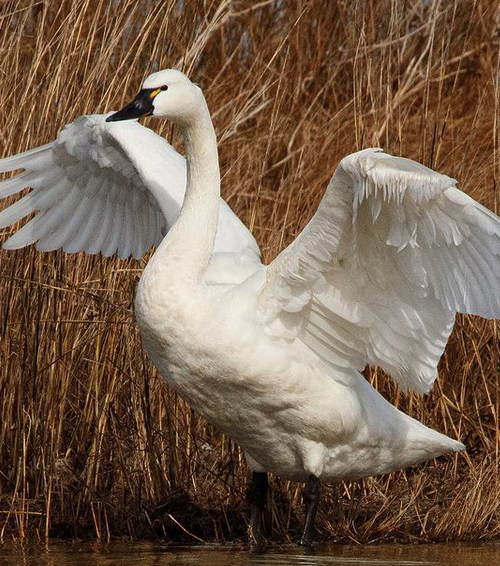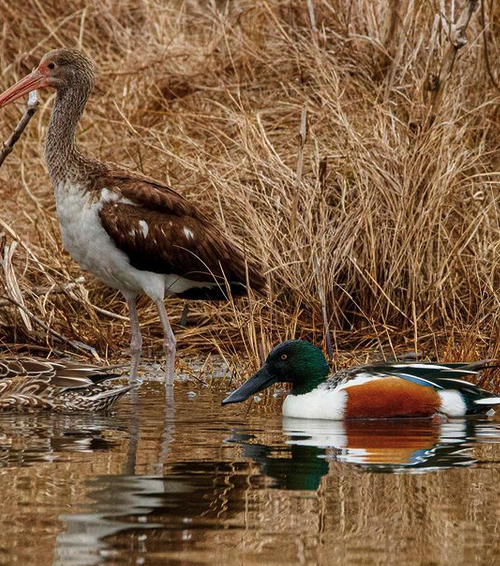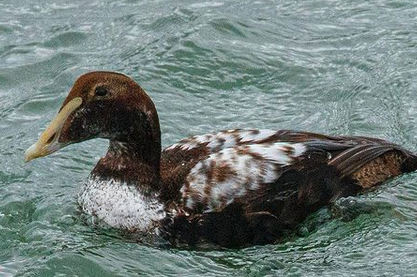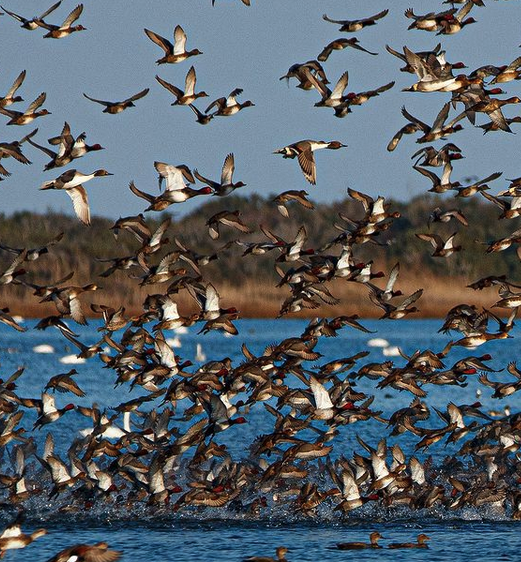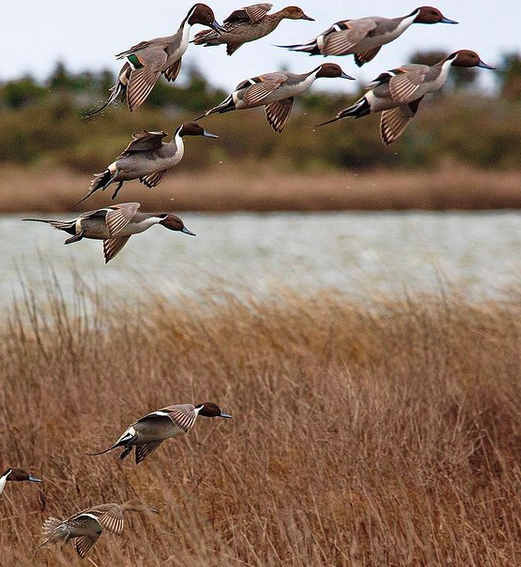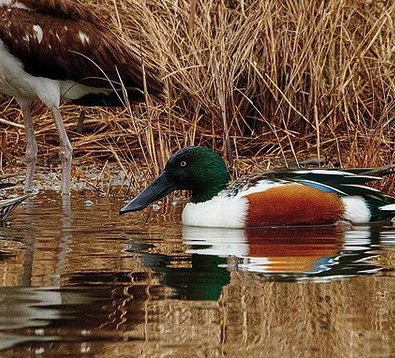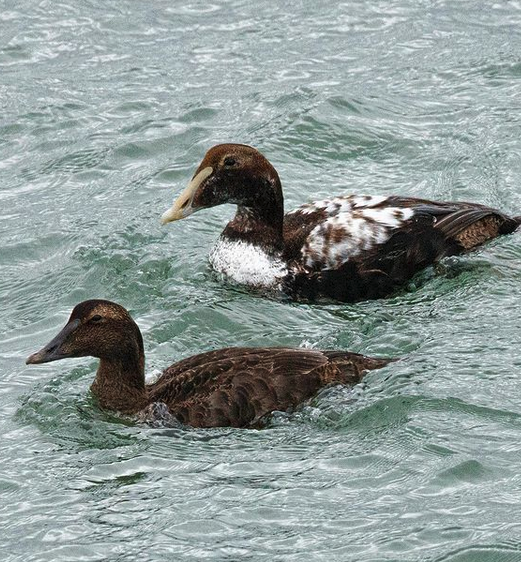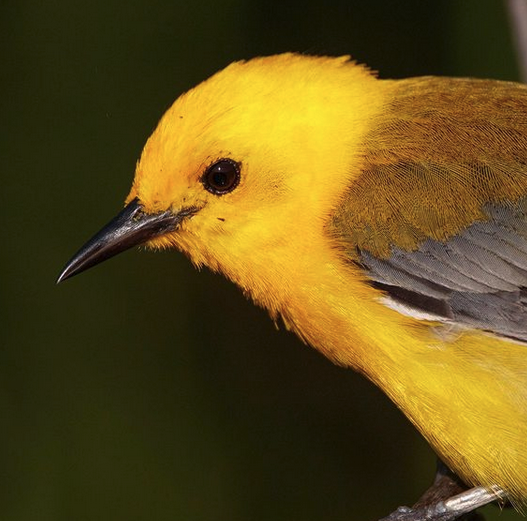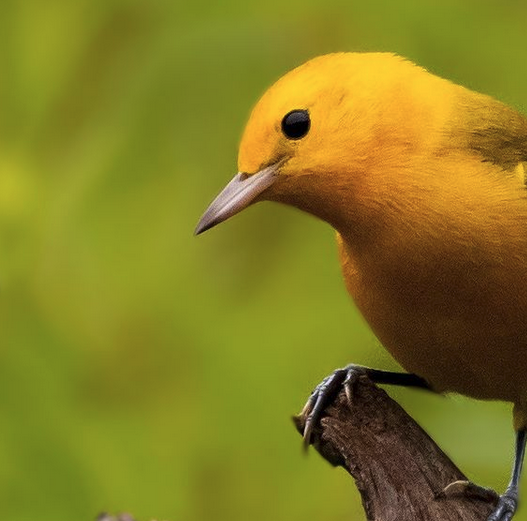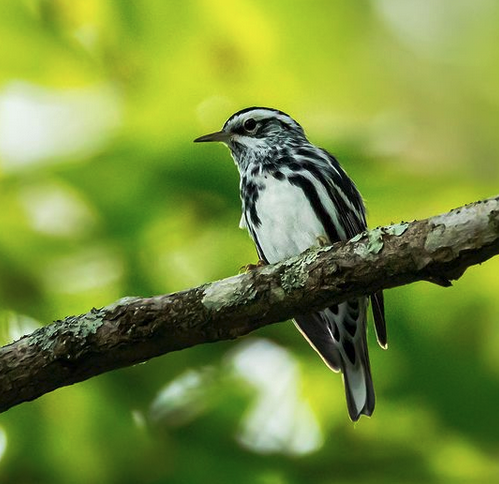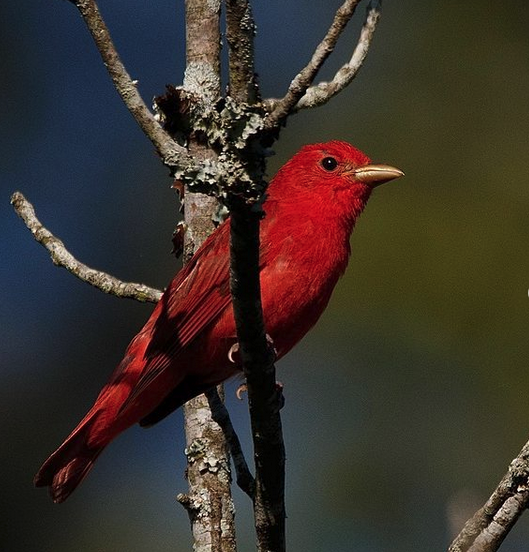While leading a tour this past weekend I was pleased to share this Louisiana Waterthrush with my guests.
I found the bird via its beautiful song emanating from the woods, so we set off down the trail to look for it.
It didn’t take long to locate the bird perched on a branch overhanging a swift moving, steep banked creek.
These birds are generally pretty shy so it was a real joy to get a good clean look at the it from a relatively close range!

The Louisiana Waterthrush nests across nearly all of the eastern United States. That being said, they are a scarce sight in Florida and near the coastal areas farther north and west during the breeding season. Generally speaking, they are not one of North America’s more common species, as their breeding territories are well-spaced along narrow streamside corridors.
Yet, if the right habitat is found, this species can usually be seen and heard without too much trouble.


During the spring and summer months, the best places to look for them are along streams and rivers, under the shade of hardwood trees, and as with the case here in the woods at the PeeDee Wildlife Refuge, near creeks with near-vertical banks where the nests are placed.
These beautiful birds favor slightly running waters of rocky creeks, as opposed to standing water of larger streams and rivers, but they can certainly be quite numerous along some of our larger rivers such as the Roanoke and Cape Fear.
With the breeding season just now getting underway, you still have plenty of time to see one for yourself this year.
They’ll stick around until mid August here in the central part of the state and until early August in other regions before heading south to Central America in the West Indies to spend the winter.
Photo by @sally_siko of @bestlife_birding both captured on my mighty mirrorless monster, the @canonusa #R5

